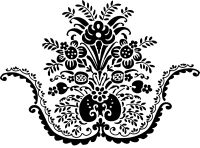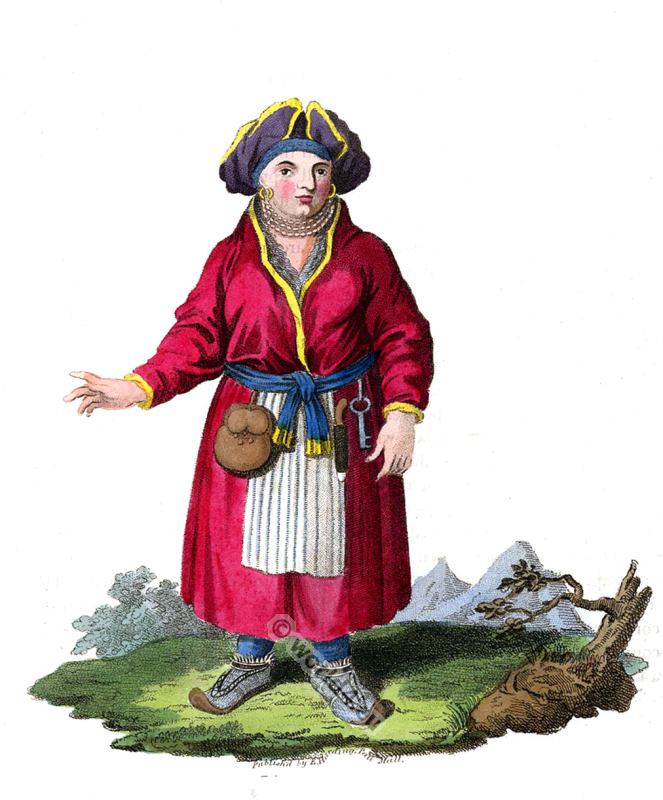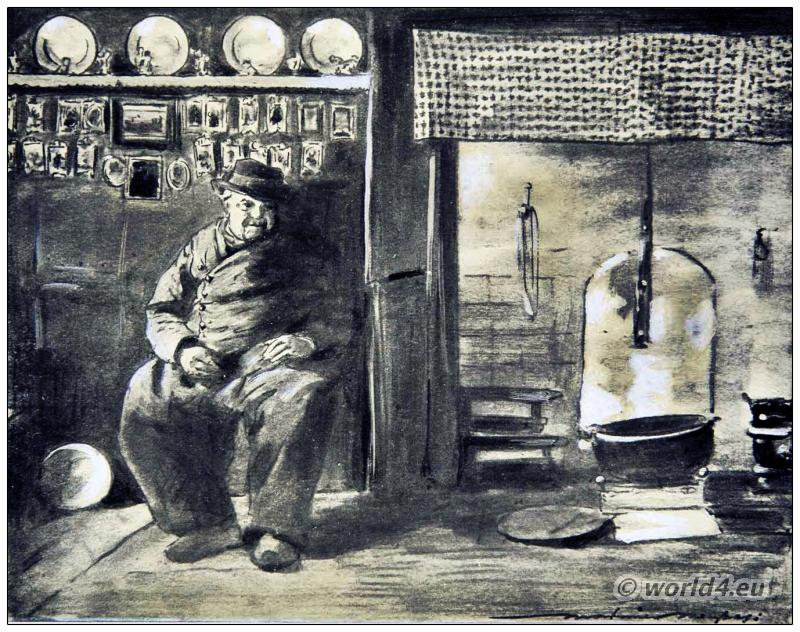In 1803, the Ostyak people of northwestern Siberia engaged in ermine hunting and fishing, their primary occupation. They lived in multi-use, odoriferous huts and traded furs, fish, and other goods with Russians, often exchanging for flour or brandy. Lacking hunting skill, they relied on dogs and theft of fox pups. Although poor, they were hospitable and gave gifts to visitors. Some acquired wealth in reindeer stock, while others squandered earnings on alcohol.
A Ostyak in traditional dress hunt ermine, 1803.
Ostyak Finno-Ugric, Khanty Ugrian people, living in northwestern Siberia (east of the Urals).
Un Ostiak à la Chasse d’Ermine.
ERMINE HUNTING. Fishing is the principal occupation of the Ostiaks, and that in which they are most successful. In summer they cover the rivers with their canoes which they carry by land from one lake to another. On the banks they construct small huts of the bark of trees and mats, which serve them for resting places. ‘When the rivers, covered with ice, no longer permit them to fish, they employ themselves in hunting, but with no great success; which must be attributed to their inactivity and want of skill. They assemble in parties of eight or ten, and wander in the woods for the space of five or six weeks, supporting themselves with dried fish, which they draw after them in sledges.
The bow is more in use with them than fire arms. They startle the game, and seldom succeed in taking them. They employ dogs to draw their sledges and pursue their prey. To make up for their want of skill, and in order to procure skins, they steal, in summer time, the young foxes from their mothers, and rear them in their huts.
These huts are partly sunk into the ground. A whole family occupies one close apartment, which, besides being the habitation of the dogs and foxes, is also infected with a strong smell of dried fish, and the foetid exhalations of old oil. Fresh fish is the ordinary food of this people: some devour it raw, others either boil, or hang it, by means of a short-stick, for a few minutes to the fire.
Those who traflick with the Russians purchase meal, but the bread they make is reserved for the holidays. In winter time, and when there happens to be a scarcity of fresh pro-visions, they have recourse to salted or smoaked fish, and the flesh of savage animals. As their dogs and rein-deer are extremely useful, those animals are never eaten, but in cases of the greatest necessity.
The Ostiaks carry on a traffic with the Russians. They take skins, dry fish, glue, and oil, to the different towns, and receive in exchange either money, flour, oatmeal, or brandy. On their return they dispose of a part of these articles to their countrymen, for skins, &c. and return again with them to the Russians. But what they gain by labour is dissipated in drunkenness. Those who act more prudently acquire in time a stock of rein-deer. The richer sort sometimes possess two hundred of these animals.
These people are hospitable, spare no expence to entertain strangers, and never let them depart without making them presents.
Source: Costume of the Russian empire by Edward Harding.

Discover more from World4 Costume Culture History
Subscribe to get the latest posts sent to your email.







